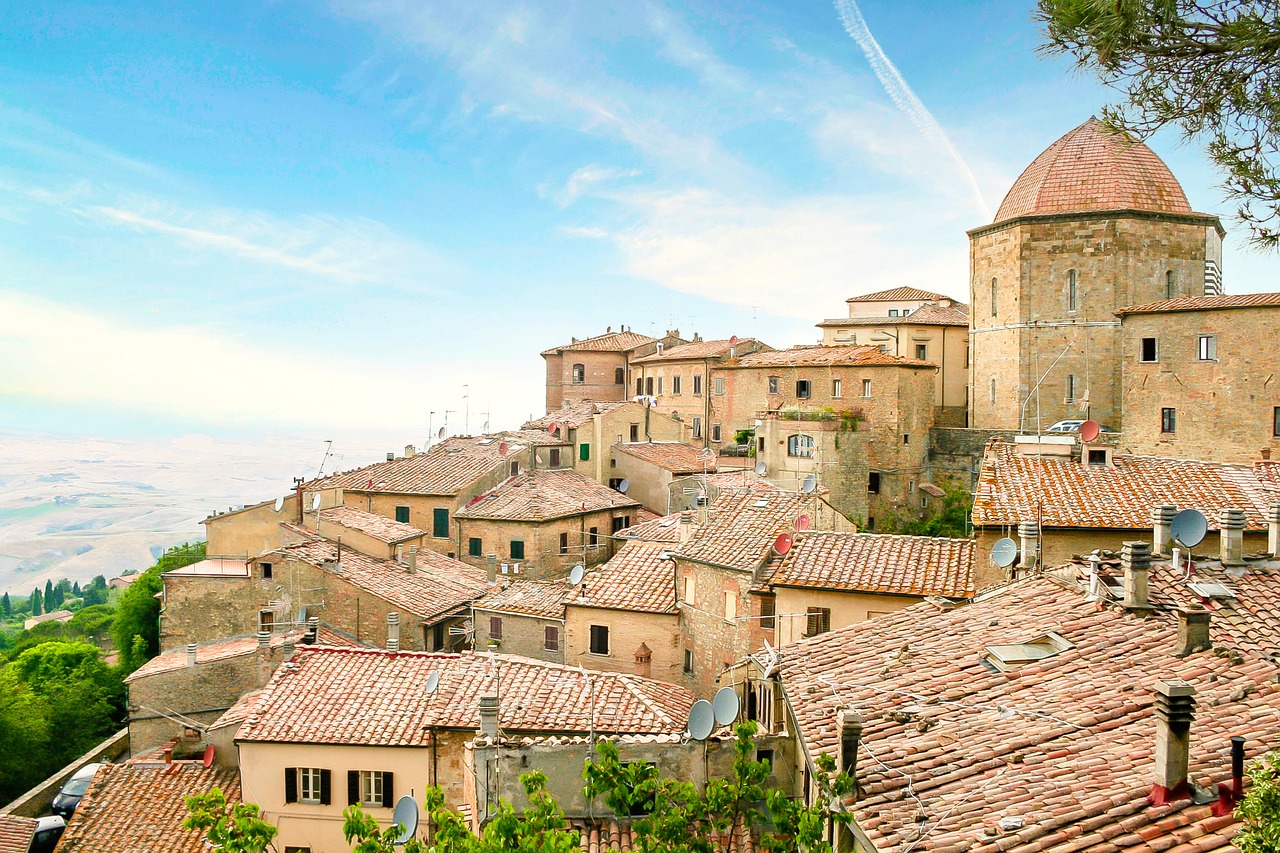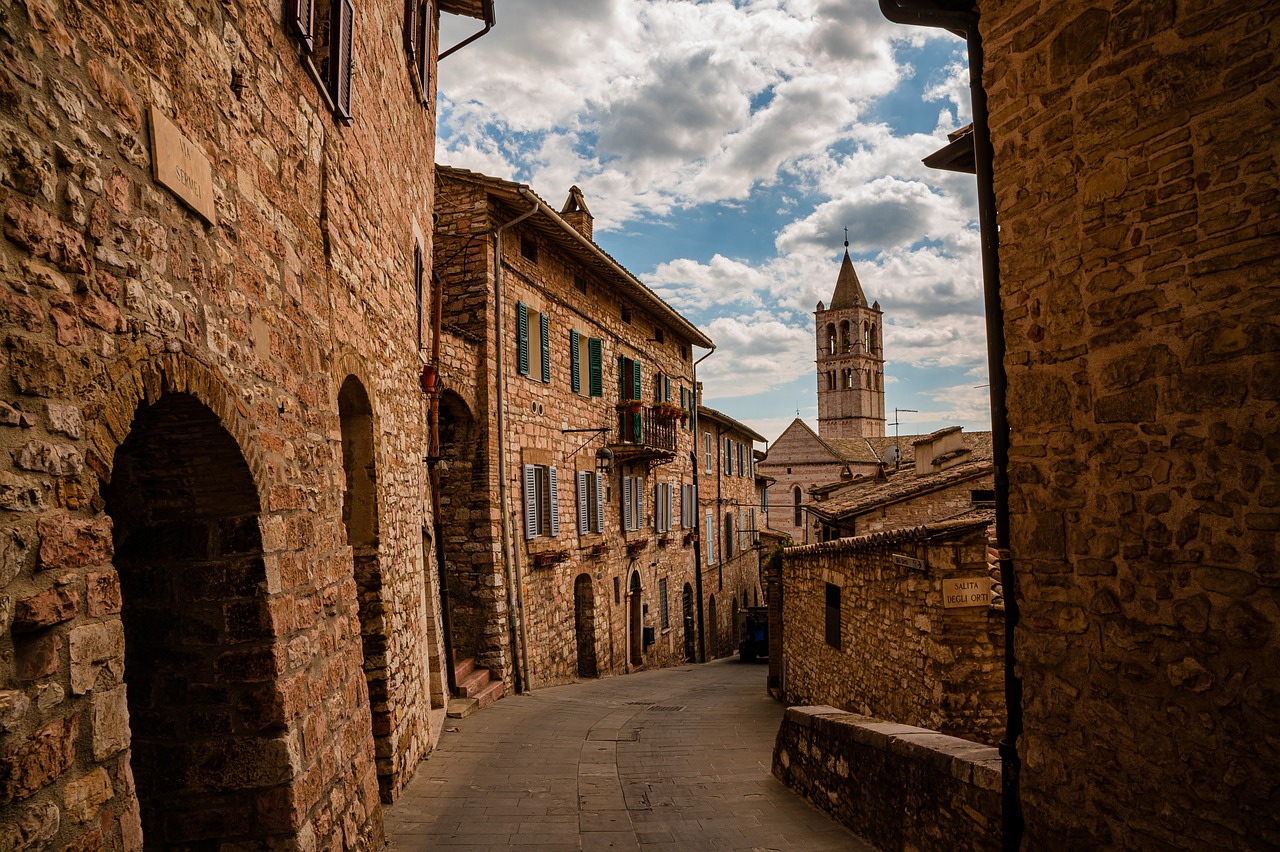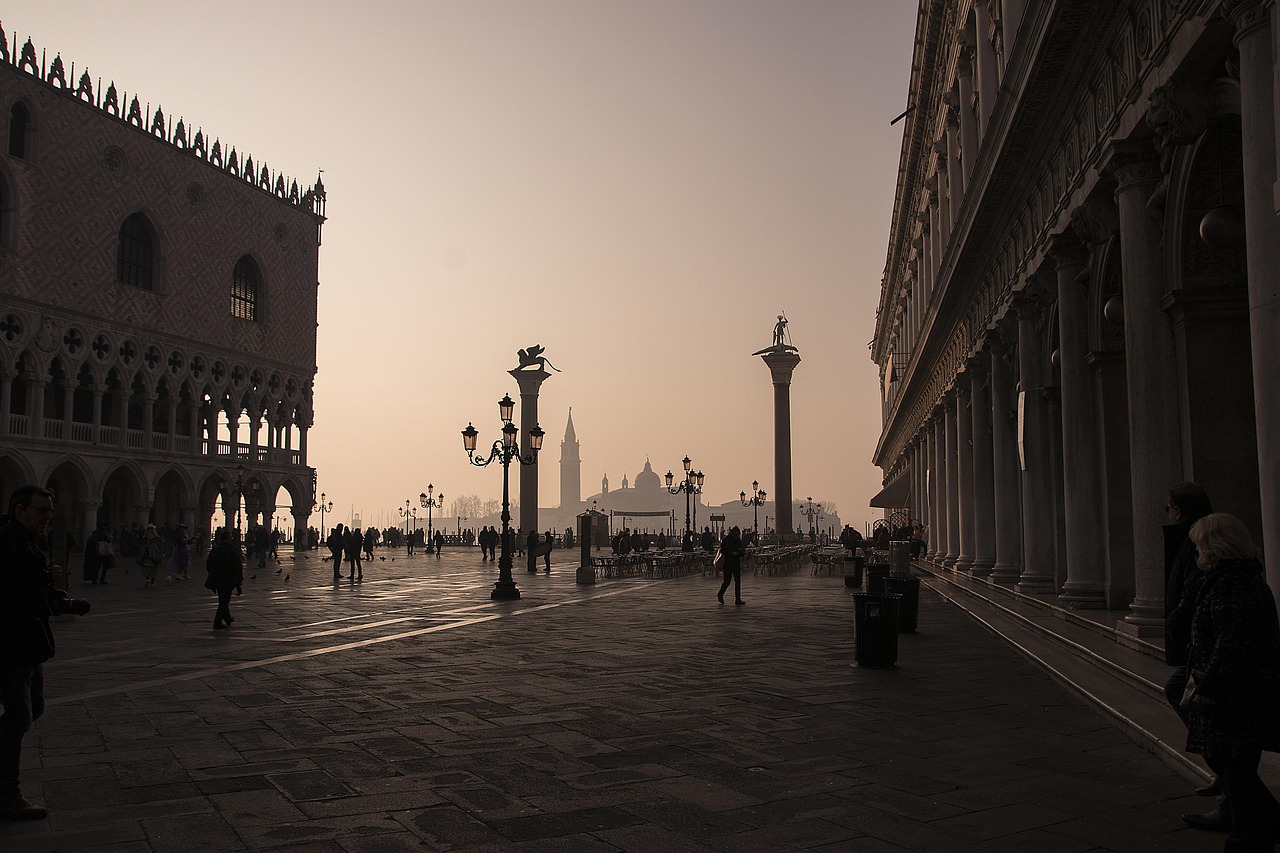Avoiding Tourist Traps in Italy
Italy is a popular tourist destination known for its rich history, stunning architecture, and delicious cuisine. However, like any popular travel destination, it also has its fair share of tourist traps. These are places or experiences that may appear appealing but end up being overpriced, overcrowded, or lacking authenticity. To help you make the most out of your trip to Italy, here are some insider tips to avoid falling into tourist traps.
1. Research Local Restaurants
- Look for Authenticity: Avoid restaurants with menus translated into multiple languages or those located near major tourist attractions. Instead, opt for restaurants frequented by locals, where you can try traditional Italian dishes.
- Read Reviews: Check online reviews on reputable platforms like TripAdvisor or Yelp to get an idea of the quality and authenticity of the restaurant. Look for reviews from locals or experienced travelers.
- Explore Side Streets: Venture away from main tourist areas and explore side streets where you’re more likely to find hidden gems and authentic local eateries.
2. Skip Street Vendors
- Be Cautious: While street vendors can be tempting, especially in popular tourist spots, be cautious of scams or overpriced items. Stick to reputable stores or markets for authentic souvenirs.
- Research Prices: Before purchasing anything, research the average prices for similar items. This will help you identify if a street vendor is charging an inflated price.
- Engage with Locals: If you’re unsure about a street vendor, ask locals for recommendations or advice. They can often point you in the right direction.
3. Avoid Overcrowded Attractions
- Visit Early or Late: Popular attractions like the Colosseum or the Vatican Museums can get extremely crowded during peak hours. Plan your visit for early morning or late afternoon to avoid the crowds.
- Book in Advance: Many attractions offer timed entry or skip-the-line tickets that allow you to bypass the long queues. Take advantage of these options to save time and avoid crowds.
- Explore Lesser-Known Sites: Italy is filled with hidden gems that are often overlooked by tourists. Research and visit lesser-known attractions to experience a more authentic side of the country.
4. Be Wary of Gelato Shops
- Look for Natural Colors: Authentic gelato is made with natural ingredients, so avoid shops with vibrant, artificial-looking colors. Natural flavors should have a more muted appearance.
- Beware of Piled-Up Gelato: Shops that pile up gelato high in the display may be using additives to create volume. Look for gelato that is stored in covered containers to maintain its quality.
- Observe Pricing: Be cautious of gelato shops that charge exorbitant prices, especially in popular tourist areas. Research average prices to ensure you’re not being overcharged.
5. Research Transportation Options
- Compare Prices: Before booking transportation, compare prices from different providers such as taxis, rideshares, or public transportation. This will help you find the most cost-effective option.
- Use Public Transportation: Italy has an extensive public transportation network, including trains and buses. Opt for these options when possible, as they are often more affordable and convenient.
- Be Cautious with Taxis: If you need to take a taxi, ensure it is an official one with a meter. Avoid unlicensed taxis or drivers who refuse to use the meter, as they may overcharge you.
6. Stay in Local Accommodations
- Choose Authentic Hotels: Look for locally-owned hotels or guesthouses that offer a more authentic experience. These establishments often have unique charm and are run by people who know the area well.
- Read Reviews: Before booking accommodations, read reviews from previous guests to ensure the property meets your expectations in terms of cleanliness, comfort, and location.
- Consider Alternative Accommodations: Apart from hotels, Italy offers various alternative accommodations like vacation rentals, agriturismos (farm stays), or bed and breakfasts. These options can provide a more immersive experience.
7. Be Mindful of Pickpockets
- Keep Valuables Secure: Use a money belt or a secure bag to keep your valuables, such as passports, wallets, and phones, safe from pickpockets.
- Avoid Flashy Displays: Displaying expensive jewelry or electronics can attract unwanted attention. Keep a low profile to minimize the risk of becoming a target for pickpockets.
- Be Vigilant in Crowded Areas: Crowded tourist areas, public transportation, and busy markets are prime locations for pickpockets. Stay aware of your surroundings and keep an eye on your belongings.
8. Explore Local Markets
- Experience Local Culture: Visit local markets to immerse yourself in the vibrant atmosphere and discover fresh produce, local crafts, and unique souvenirs.
- Engage with Vendors: Interact with the vendors to learn more about their products and recommendations. They can often offer insider tips on local specialties or hidden gems.
- Bargain with Caution: Bargaining is common in some markets, but not all. Understand the local customs and only negotiate prices in markets where it is expected.
9. Learn Basic Italian Phrases
- Greet and Thank: Learning basic Italian greetings and expressions of gratitude can go a long way in establishing a positive connection with locals.
- Ask for Recommendations: Being able to ask for recommendations or directions in Italian can help you communicate effectively and receive valuable advice from locals.
- Politeness Goes a Long Way: Italians appreciate visitors who make an effort to speak their language. Even if you only know a few phrases, using them politely can make a positive impression.
10. Plan for Off-Peak Seasons
- Avoid Crowds: Traveling to Italy during off-peak seasons, such as spring or fall, can help you avoid the large crowds that gather during the summer months.
- Enjoy Lower Prices: Off-peak seasons often come with lower prices for accommodations, flights, and attractions. Take advantage of these cost savings when planning your trip.
- Experience Local Life: Visiting during quieter times allows you to experience the authentic rhythm of Italian life without the overwhelming presence of tourists.
11. Seek Local Advice
- Interact with Locals: Strike up conversations with locals and ask for their recommendations on places to visit, eat, or explore. They can provide valuable insights and help you discover hidden gems.
- Join Guided Tours: Guided tours led by knowledgeable locals can offer a deeper understanding of the history, culture, and traditions of the places you visit.
- Use Local Apps: Download local apps or websites that provide information about upcoming events, local festivals, or off-the-beaten-path attractions.
12. Embrace Slow Travel
- Spend More Time in Each Destination: Instead of rushing through multiple cities or attractions, choose a few key destinations and immerse yourself in the local culture and atmosphere.
- Explore Beyond the Tourist Hotspots: Take the time to venture off the beaten path and discover lesser-known towns, villages, and natural landscapes. This allows for a more authentic travel experience.
- Engage with the Locals: Slow travel encourages interaction with locals, fostering meaningful connections and a deeper understanding of the destination.
Italy Image 1:

Italy Image 2:

Italy Image 3:

References
- TripAdvisor: www.tripadvisor.com
- Yelp: www.yelp.com
- Lonely Planet: www.lonelyplanet.com
- Italy Magazine: www.italymagazine.com
- The Local Italy: www.thelocal.it

